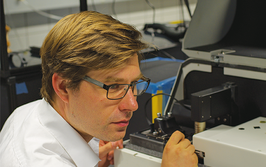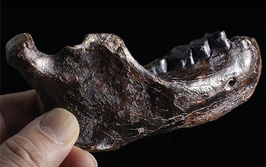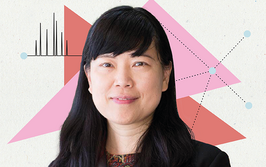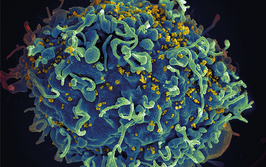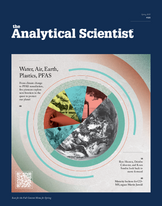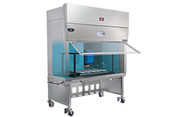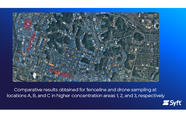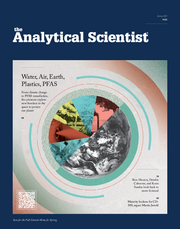Touching People’s Lives
Four aqueous droplets are pipetted on hydrophobic parts (blue) of a hydrophilic and fibrous paper.
Touching People’s Lives
Supported by

Plasmonic Lab-on-a-chip
Submitted by Romain Quidant, The Institute of Photonic Sciences (ICFO), Spain
The combination of the extraordinary optical properties of gold nanoantennas with state-of-the-art microfluidic technology enables fast, parallel and high sensitivity detection of low concentrations of protein cancer markers in serum. This integrated analytical platform could open up new horizons in early cancer screening and treatment monitoring.
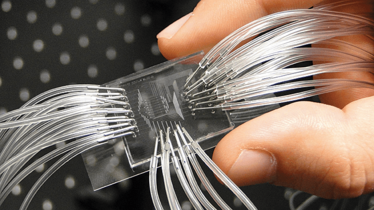
Photo credit: ICFO
Just a Drop
Submitted by Xuan Mu, Institute of Basic Medical Sciences, Peking Union Medical College, China
Four aqueous droplets are pipetted on hydrophobic parts (blue) of a hydrophilic and fibrous paper. The hydrophobic ink is adsorbed on the paper to form a circle shape. Such basic principles are at the heart of many paper-based diagnostics that allow integrated, economic and rapid analysis for the whole world.
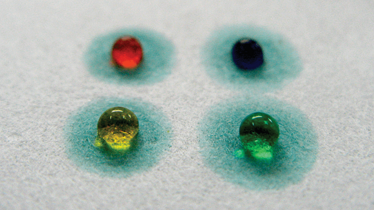
Photo credit: Xuan Mu
An Apple a Day
Submitted by Missouri University, USA
As part of Mengshi Lin’s study on how toxic nanoparticles may enter our food supply, Missouri University (MU) graduate student Zhong Zhang applies silver nanoparticles to an apple. Mengshi’s food science study has found that these particles could pose a potential health risk to humans and the environment. Thanks to the new study, a reliable method of testing foods for the harmful particles has been found.
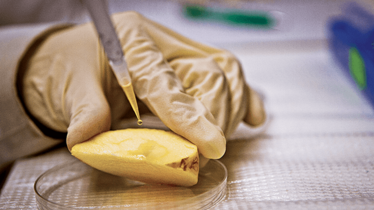
Photo credit: Kyle Spradley/MU College of Agriculture,
Food & Natural Resources
Biospectroscopic Magic
Submitted by Bayden Wood, Monash University, Melbourne, Australia
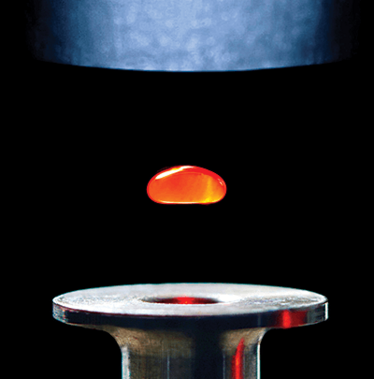
Photo credit: Steven Morton (Faculty of Science, Monash University)
Biospectroscopy uses the interaction of light with biological materials to provide information on molecular structure. Here, we are using an acoustic levitation device to levitate a suspension of malaria-infected red blood cells and simultaneously probing it with a laser, providing a new way to diagnose this devastating disease.
Recruit ‘em Young
Submitted by Ellery Frahm, University of Sheffield, UK
A (very) young analytical scientist in-the-making (four-year-old Liev Frahm) helps his father analyze obsidian artifacts from Armenia using a portable X-ray fluorescence (pXRF) instrument.
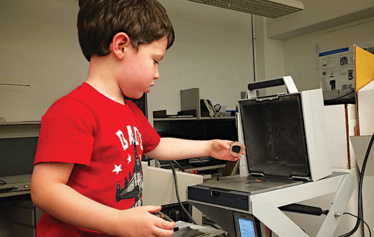
Photo credit: Ellery Frahm
Click the links below for more Art of Analysis:
